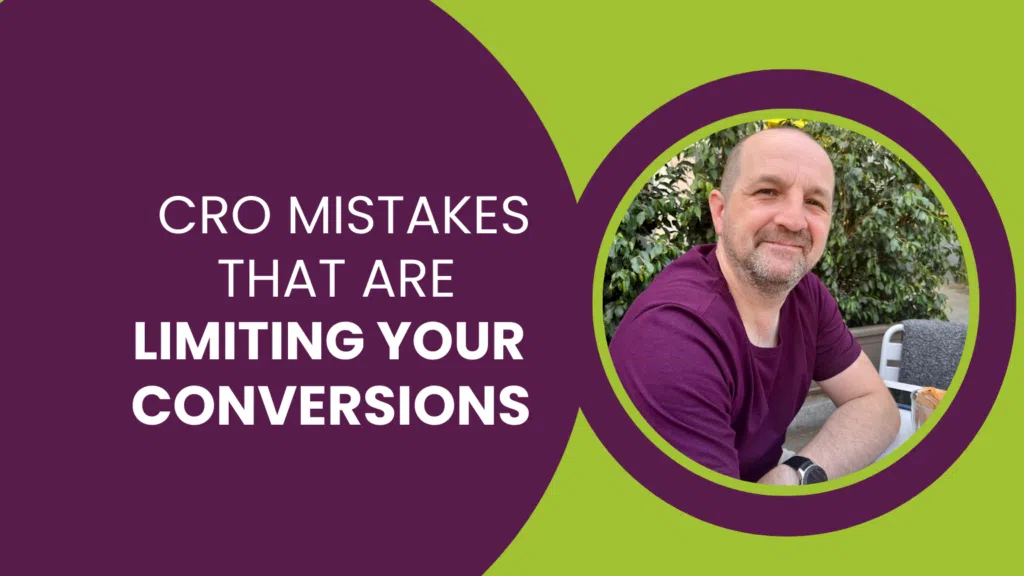This post explores the Google Ads Double Serving Policy and double serving as a strategy. It shares my personal experience and fallout of double-serving with a client who shall remain nameless, but is known to Google. You’ll understand why as the story unfolds.
Google Ads Double-Serving Explained
In an effort to make the Google Ads auction fair and to give consumers fair choice, Google actively prevents companies bidding on the same keywords for more than one website. Google won’t let you occupy more than one ad position for the same keyword for two different sites.
There no longer appears to be specific documentation of the policy in Google’s Advertising Policies, only a reference to a change to the policy in May 2012. It states:
The Google policy on Double Serving will be revised around mid-May 2012. This policy update will reinforce key double serving criteria to prevent advertisers from running ads for the same or similar businesses across multiple accounts triggered by the same or similar keywords. We made this decision to ensure the diversity of ads running on Google. After the updated policy goes into effect, the policy description will be updated to reflect this change.
Having worked around this issue for a Google Ads management client and been asked a number of times about it by others, I’ve asked Google for a more detailed explanation of the policy. Some points you might be interested in:
- You can currently double-serve within the Google Shopping results using feeds, merchant centre and Google Ads accounts for two different sites.
- If you want to bid on the same keywords for two different sites for text ads on search, the sites must be 40% different.
This last point is a bit of a head-scratcher. 40% different what? Colour? Design? Products? Pricing? It seems a bit of an arbitrary reference. The point is this: Google wants diversity of opportunity for searchers to choose from. You serving two ads for the same product or service on two different websites which you control doesn’t support that goal.
The 40% rule effectively means that you can bid on the same keyword and advertise two different sites if they offer different products or solutions. Examples:
- You have two eCommerce stores selling vacuum cleaners, one at the economy end of the market and one for premium brands, would be acceptable to bid on “vacuum cleaners” for both sites and to double serve.
- You have a site selling second-hand taxis and a site offering taxis for hire, both bidding on “london taxis” would be acceptable in principle. I’m not sure the intent behind that search term is right for both sites though.
- You have two sites with different brands, different addresses and trading names, both selling the same products which are ultimately shipped from the same warehouse. Not cool. It contravenes the policy and could get one or both of your Google Ads accounts shut down. Or not – read on.
Get Your Personal Google Ads Audit Video
Please provide your details below and one of our specialists will be in touch as soon as possible.
What Happens When Sites Are Double Serving Ads
This goes back a while, but happened to a client. They claim no intention of flouting the Double-Serving Policy. I’ll leave you to make up your own mind.
We had two eCommerce stores offering the same products, bidding on the same keywords and in Google Ads accounts initially managed by two different agencies. There was no collaboration between the two agencies, we didn’t even know about one another at the time.
After a few months, our Google Ads campaigns on Site A dramatically increased sales as we optimised the Ads account performance. The client realised that our experience, strategy and service was better than the other agency and asked us to take over the second account too. Awkward!
We were effectively competing against ourselves. We had to make a choice which site bid for top ad position and which bid for position two.
Why Double Serve?
The client’s reasoning is that some users prefer the brand of Site A and some prefer the brand of Site B. I understand the point – there’s some logic there. That also squeezes out competitors from the top ad positions and starves those sites of clicks for users searching for products that they sell.
The downside is that a user will still ultimately buy from one site or the other, so surely you’d just double (ish) your cost without doubling sales, right?
The Outcome
After a few months, Google worked out that the two sites were the same company and effectively has “merged” the accounts in their system.
The Google Ads Accounts don’t look any different to the person managing them, but you’ll find that certain keywords show ads on one account and other keywords show on the other. That remains consistent in my experience, unless you pause Campaigns, Ad Groups or Keywords in one of the accounts, or dramatically increase bids on one or the other.
The two accounts essentially behave as a single account, treating keywords as duplicate keywords and the keyword with the highest bid/quality score showing ads. Since there’s history with one account or the other winning the search auction, Google will pretty much always show that particular keyword for the same site until something significant is done with either version of the keyword (dramatically increasing or decreasing bids or pausing the keyword ought to do it).
This caused more problems. As we optimised and fixed issues in one account, we were effectively pushing them to the second account, doubling the required optimisation. Nice when you’re billing for the time, but not something I felt entirely necessary or comfortable with.
Popular Google Ads Videos
Why I Wouldn’t Recommend Google Ads Double Serving
Firstly, you depend on Google Ads for sales or leads. Just don’t bite the hand that feeds you.
Secondly, for the cost of two websites selling the same thing you could spend the budget on a much nicer single site that converted better and have change to spend on Search Engine Optimisation, Google Ads Management or a Bing Ads campaign to drive more traffic and sales through that single site.
Thirdly, and most importantly, we’ve posted before about the critical nature of the Search Funnel to your conversion rates and profitability from Google Ads. The short version is that a typical conversion might need a user to search twice before buying your product.
“cheap vacuum cleaners” > “vacuum cleaners” > PURCHASE
Let’s say Site A shows ads for the keyword “cheap vacuum cleaners” and that Site B shows ads for, “vacuum cleaners”. The customer won’t buy from Site A because it isn’t there for their second search when they’re ready to buy. They won’t buy from Site B because it’s a new brand they’re unfamiliar with that didn’t show for their first search.
Not all searches go this way of course, every market is different, but many, MANY do work exactly like this. Enough to make me strongly recommend that you don’t double-serve unless you’re absolutely sure that 95% of your customers convert on the first click.
Personally, I wouldn’t recommend it. You end up just bidding against yourself, driving up the cost per click and cost per sale, not to mention potentially harming the conversion funnel.
Reporting Google Ads Double Serving
If you do spot an advertiser, perhaps a competitor, occupying two spots for the same term, there’s a form to complete to notify the Google Ads Policy Team of the violation. See this thread for details.







